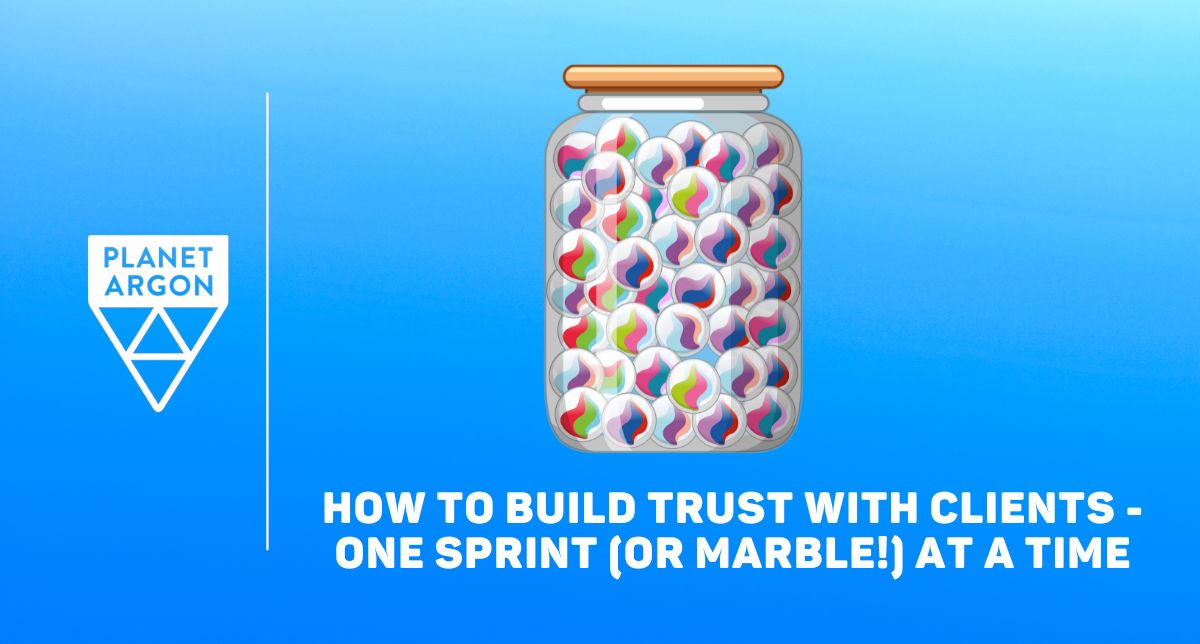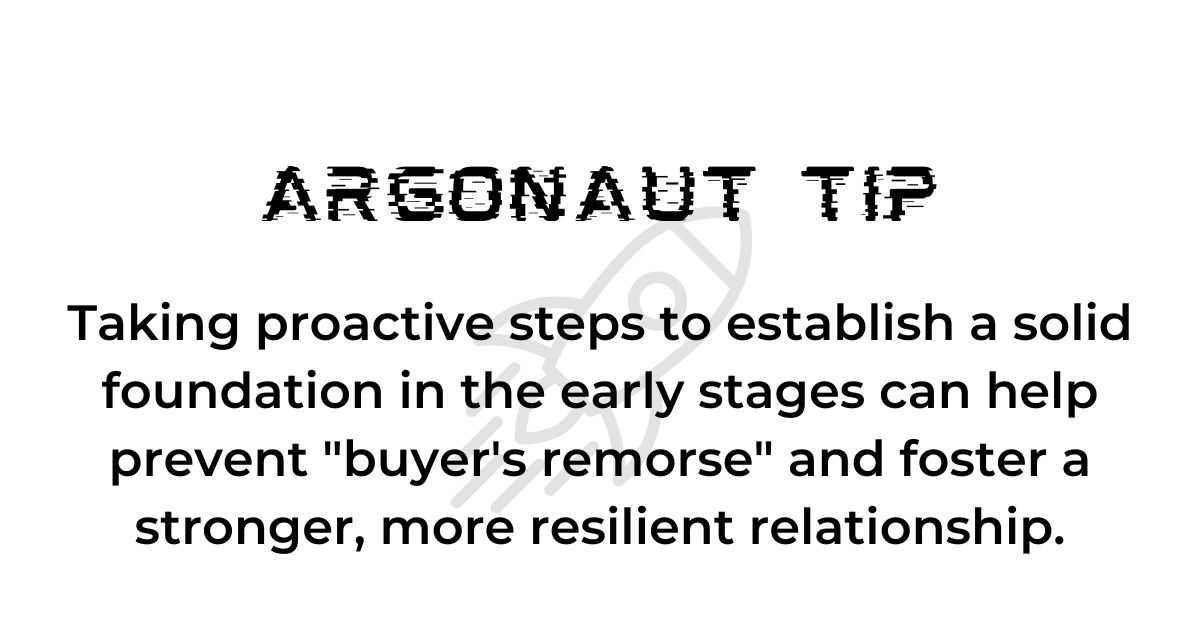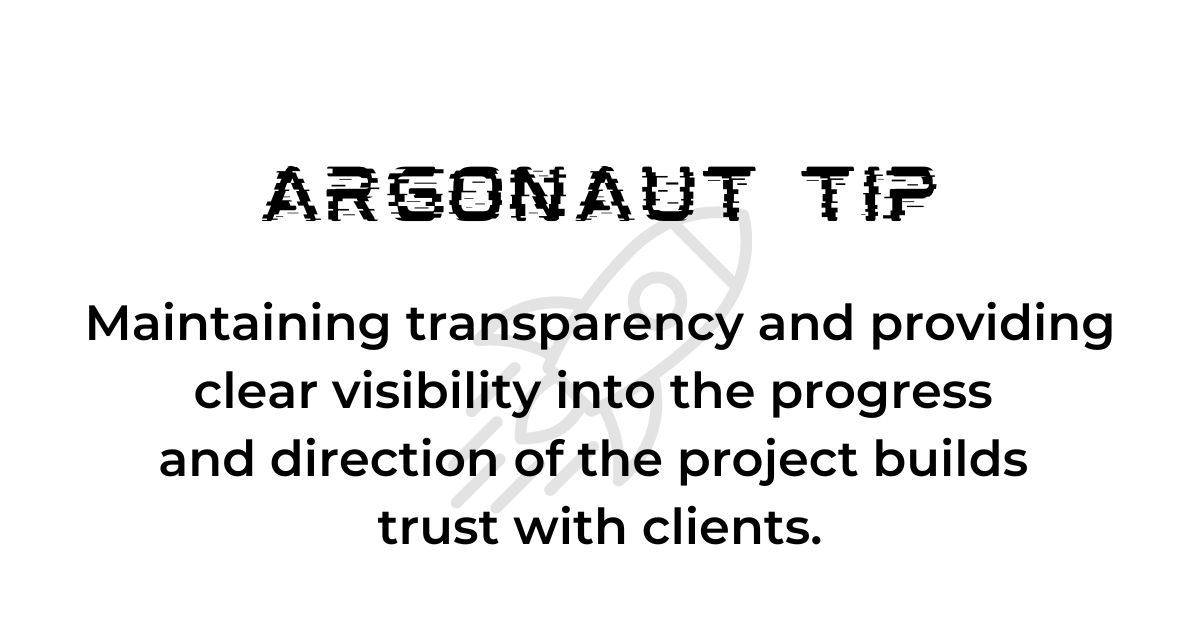How to Build Trust With Clients - One Sprint (or Marble!) at a Time
Reading time: ~ 3 minutes

Recently, I had to drive from Portland to NE Washington, which was a long, 6-hour drive. My focus suffers when I'm traveling, so I was determined to find something interesting to hold my attention. I decided to start listening to Daring Greatly by Brené Brown and continued to listen throughout the whole drive, fascinated by her thoughts on trust. It made me think about how we build trust with clients, which inspired me to think deeper about ways we do this at Planet Argon.
Trust is Like Marbles
In the book, Brené recalls a tale of a teacher that would keep a jar on their desk. When the pupils excelled in some way, some marbles would be added to the jar. When the pupils made a wrong decision, the teacher would remove some marbles.
Eventually, when the pupils had shown their commitment to improving or completing tasks, and the jar was filled with marbles, they would celebrate. Filling the jar was a slow, ongoing process and a good analogy for gaining trust with people because it highlights that trust is built gradually. Positive interactions and consistent actions fill the jar, while negative experiences can remove marbles, emphasizing the importance of ongoing effort and care in building and maintaining trust.
Avoid Buyer’s Remorse
When we begin a new relationship with a client, there's often a lot of enthusiasm from both sides. From the client's perspective, they are excited and relieved to finally have a carefully selected team working on their project.
From the development perspective, it's a new project with new challenges and new people to work with. Therefore, the mood is almost always very positive and optimistic. However, nothing has been achieved yet. No goals have been reached.
There is a certain level of trust there (as the client has entrusted the team with their project), but it's a very shallow, fragile level of trust that can be easily broken.
The jar of marbles is empty, and there are none to be taken out when the client has a negative experience. This can quickly lead to "buyer's remorse" for them, as doubts creep in and they begin to question the team that they selected. Therefore, the beginning of the relationship is crucial.

Begin with High Impact, Low-Risk Tasks
We often engage with new clients in a way that allows us to gradually increase our impact with them. Initially, we make small, low-risk changes here and there as we learn about their business and their application(s). Eventually, we can contribute at a much deeper level more safely due to our increased knowledge and take on more impactful work.
However, we also have situations when the timing is critical, and we don't have that same luxury of a slow-paced onboarding.
In either situation, we'll typically conduct work via sprints.
Build Trust With Clients via Sprints
Now, sprints are great. Clients love the rapid delivery of features, and the engineering team loves the focus and engagement with the client and the project. However, as I previously mentioned, the "trust jar" has no marbles at the beginning of a client relationship, which presents a challenge when choosing the work we begin with. Additionally, if this is the first time a client has worked with an external team, where they may anticipate a lack of control or oversight, it can be even more difficult.
Here are some ways sprint-based work can help to build trust with clients.
Quick Delivery
Sprints allow for the quick delivery of features and incremental progress, giving the clients tangible results and demonstrating the team's competence and ability to deliver results.
Collaboration and Communication
While clients have their responsibilities away from a project, we want to involve them as much as possible in sprints. When they have visibility into the development process, they feel a sense of ownership and are reassured that their input is valued. They are also exposed to far more of what is happening behind the scenes, allowing them to see that we are headed in the right direction. Interacting with the outcome of this work can help a client see that all this planning is leading to progress, even if it is initially on the minimal side.
Transparency and Accountability
Sprints provide a structured framework to track specific objectives, timelines, and deliverables. This level of transparency allows clients to monitor how a project is progressing, cultivating trust in their development team.
Tangible Deliverables
Sprints prioritize the delivery of tangible deliverables, even in small increments at the start. This enables clients to actively engage with and witness the work produced, instilling confidence that the project is moving forward.

A Reminder About Communication
It's imperative that you keep in contact with the client during the sprint. Completing a sprint without communicating with a client can lead to several challenges, including some of the following:
- Misaligned expectations
- Limited insight and feedback from the client during the process
- Incorrect assumptions, misunderstandings, and wasted efforts
- Limited collaboration and engagement with the client
- Timely issue identification/solutions
Disappearing for a couple of weeks and completing a sprint with no tangible output is likely to shake the faith of almost any client. Even with an excellent reputation, you can only get away with this for so long before a client expresses some understandable frustration.
Put Yourself in the Client's Shoes
In summary, having been involved in many successful projects and some downright disasters over many years, it has become clear that one of the most important factors to success is trying to put yourself in your client's place, reflecting on how we've performed, and working to constantly improve the transparency, communication, and, of course, the end product.
Now, go fill that marble jar!